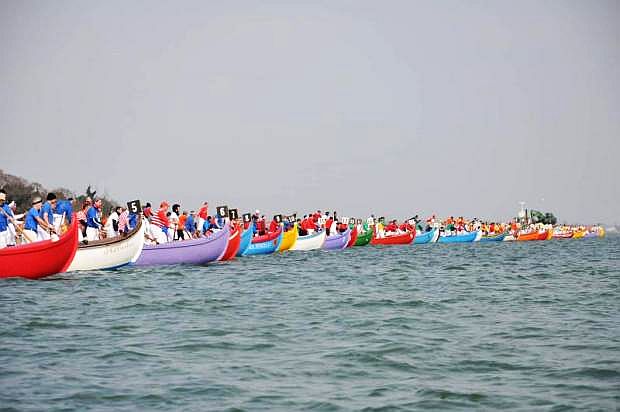
Last Sunday morning was special: Several very different events were rolled into one efficient package, and the sun came out and burned off the mist, and also there were leftovers.
The amalgamated elements were: A Venetian-rowing race, a deft promotion of the next Winter Olympics, and an appeal for world peace that was ingeniously linked to the preceding two. And there was food — oh, right. I already mentioned that.
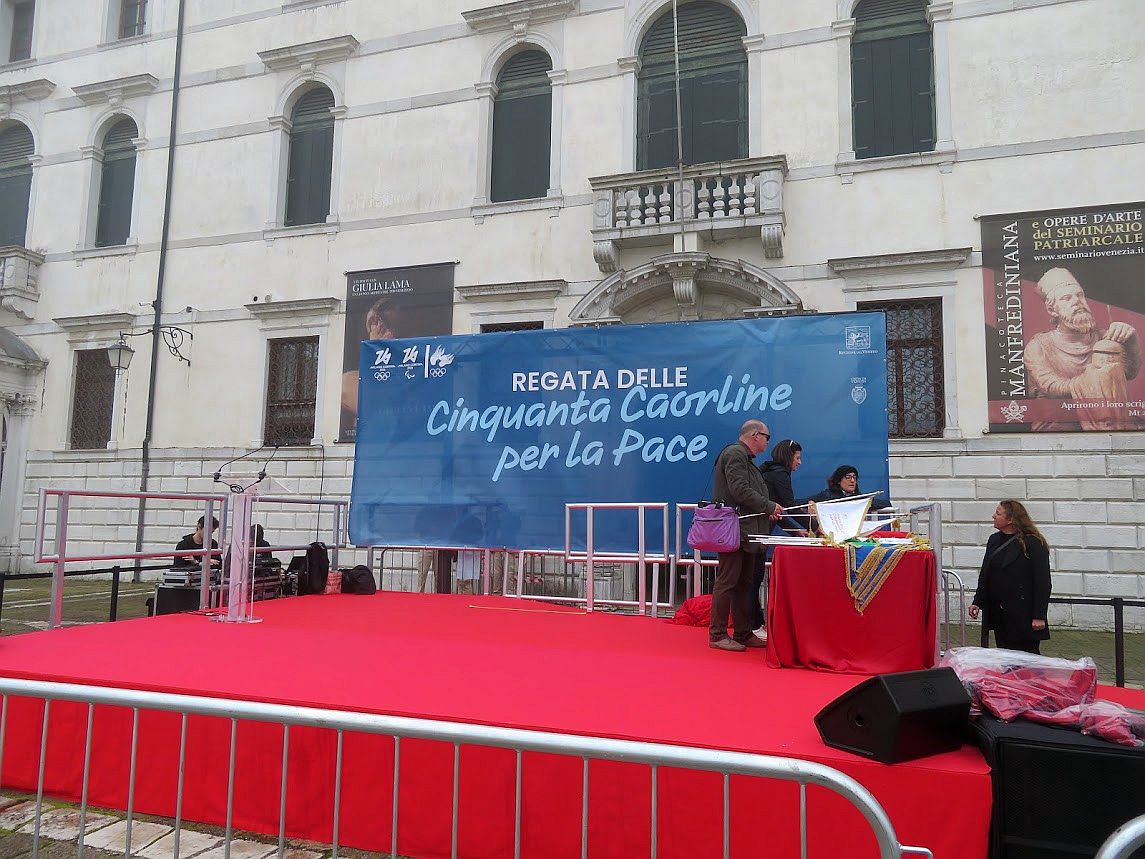
The race is called the “regata of the 50 caorlinas” to indicate the type and number of the boats involved. Allow me a bit of backstory to help you appreciate it more fully.
Some years ago (I’m estimating as many as 15), there was formed a type of consortium of the local rowing clubs called the Coordinamento Associazioni Remiere della Voga alla Veneta (Coordination of the Venetian Rowing Associations). The consortium still exists in a suspended-animation sort of way, but while it was young and glowing it organized an annual boat festival and race on Saint Andrew’s Day (Nov. 30, as you know) because Andrew is the patron saint of boatwrights, among many other things.
Almost all of the rowing clubs have at least one caorlina — a trusty boat created generations ago for lugging cargo around — and it’s very useful for fun because six people can row it even if they aren’t all at any particular level of skill. It’s a social sort of thing.
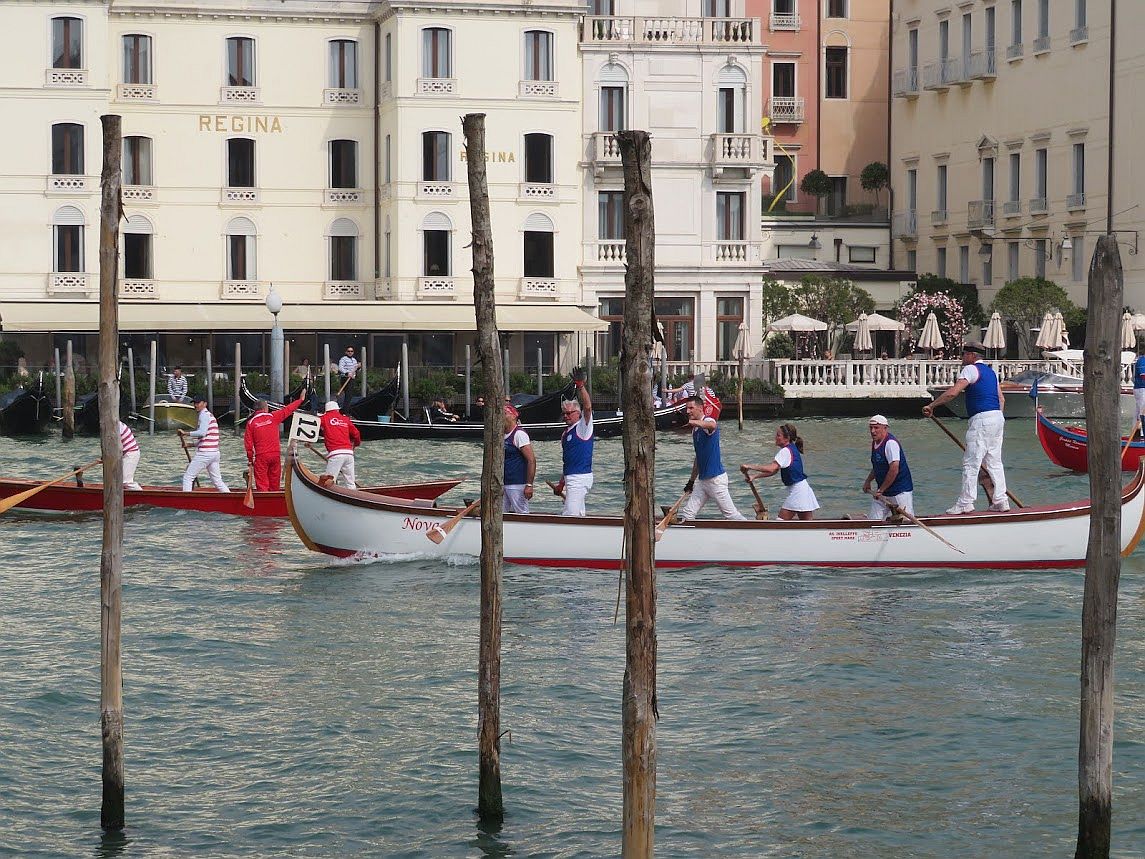
So for a few years this race was a great occasion for everybody to just throw themselves into the scrum. Your correspondent participated in one edition and our little crew was quite the mixed bag. I can’t remember our position at the finish — we were pretty far back. Maybe we’re still rowing. Your correspondent also participated for several years in the clubhouse kitchen, preparing and slinging vast amounts of pasta at the ravenous rowers and their relatives and friends afterward. The fame of this little jamboree spread across the Venetian-rowing world, so crews came from Cremona and Florence and Milan and Pavia, and so on. That’s how the number of participating boats rose to a mighty 50. If there was a party for just us rowers, that was it.
The last edition was held in 2018. Then Covid and the lockdown and many other things happened, and no more festa until now. And why now, considering that St. Andrew is on vacation in the month of April? Because April 6 was designated by the United Nations as the International Day of Sport for Development and Peace. And so once again, Venice provides the perfect setting for initiatives or ceremonies that have little, if anything, to do with it.
I’m thinking back to the years when one of the more active and public members of the Coordinamento was vehement in his opposition to traditional rowing events being exploited for touristic or other purposes of promotion. He would shout “We’re not figuranti!” (the costumed performers who parade in period dress to enliven certain events or ceremonies).
But here, in the fullness of time, it appears that what was once something truly local, that had nothing to do with anything but its participants, was suddenly the perfect way to draw attention to other things that have nothing to do with the city or its people. This, without a squeak from the former paladin of Venetian-ness. They like to say that Venice is the world city of peace, but I think it’s more like the world city of irony. But let’s get back to the events.
This brings us to the second element: Sport. Not Venetian rowing, per se, but the 2026 Winter Olympics. The venues will be divided between two regions — Lombardy and Veneto — and naturally Cortina d’Ampezzo, the Pearl of the Dolomites, represents the Veneto. Cortina is arguably one of the most famous names in winter sports, having hosted the winter Olympics in 1956. So Sunday’s race was an extra-Venetian way of publicizing the Olympics, and also — did you notice? — the Veneto Region. It was a match made, if not in heaven, certainly in many offices, bars and restaurants.
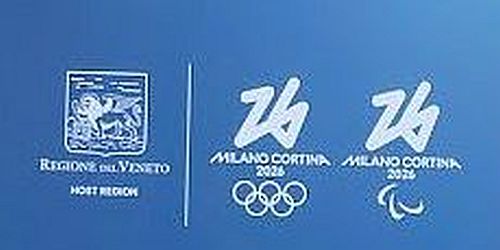
Third and final element: Peace. We all need it and want it, and the Olympics were a fine reason to ask Antonio Silvio Calo’, president of the Fondazione Venezia per la Ricerca sulla Pace (Venice Foundation for Research on Peace) for his thoughts on the subject.
Bonus points: The regional councilor for sport, Cristiano Corazzari, drew our attention to the “Ancient memory of the ‘Olympic truce,’ that it should continue to be the central theme to evoke the profound value of the Olympics.” If the long jump and the luge can promote peace, I say let’s extend the Olympic truce for the next 250 years.
Fun fact: The sacred truce did not put a stop to all warfare, only to conflicts which hindered the games. (Always check the fine print before signing anything, especially a truce.) The truce protected travelers on their way to the sanctuary and only forbade military operations against and by the organizing city. But even this truce was breakable. In 420 BC, the Spartans were excluded from the Olympic games because they had attacked a part of the Elean territory. In 364 BC, Arcadian soldiers even attacked the holy domain of Olympia during the games. So seek it as you will, peace appears to remain an elusive and fickle ideal.
Back to Venice. Boats, Olympics, and peace got wrapped up together, and then we ate bigoli in salsa and went home. The caorlinas and their rowers went home, the Olympics went back to the offices and the construction sites, and peace is yet to be found. If only we could remember where we put it the last time we used it.
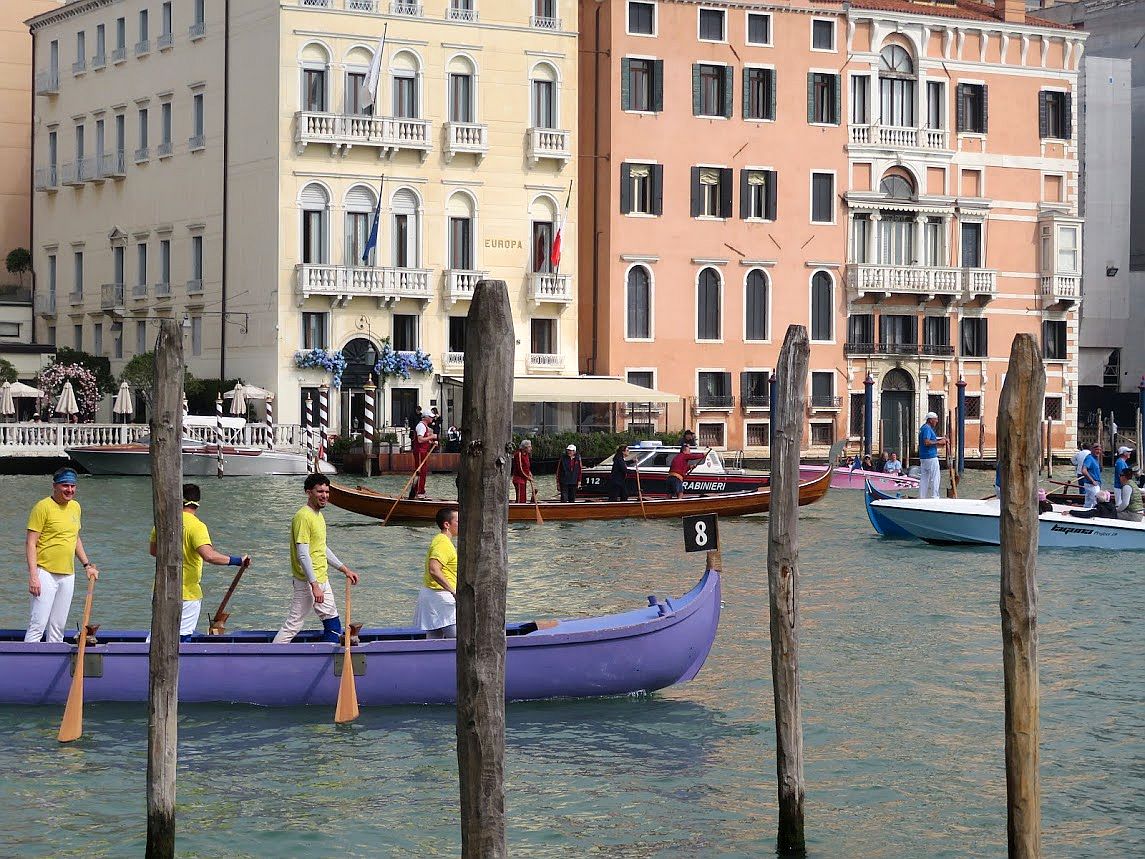
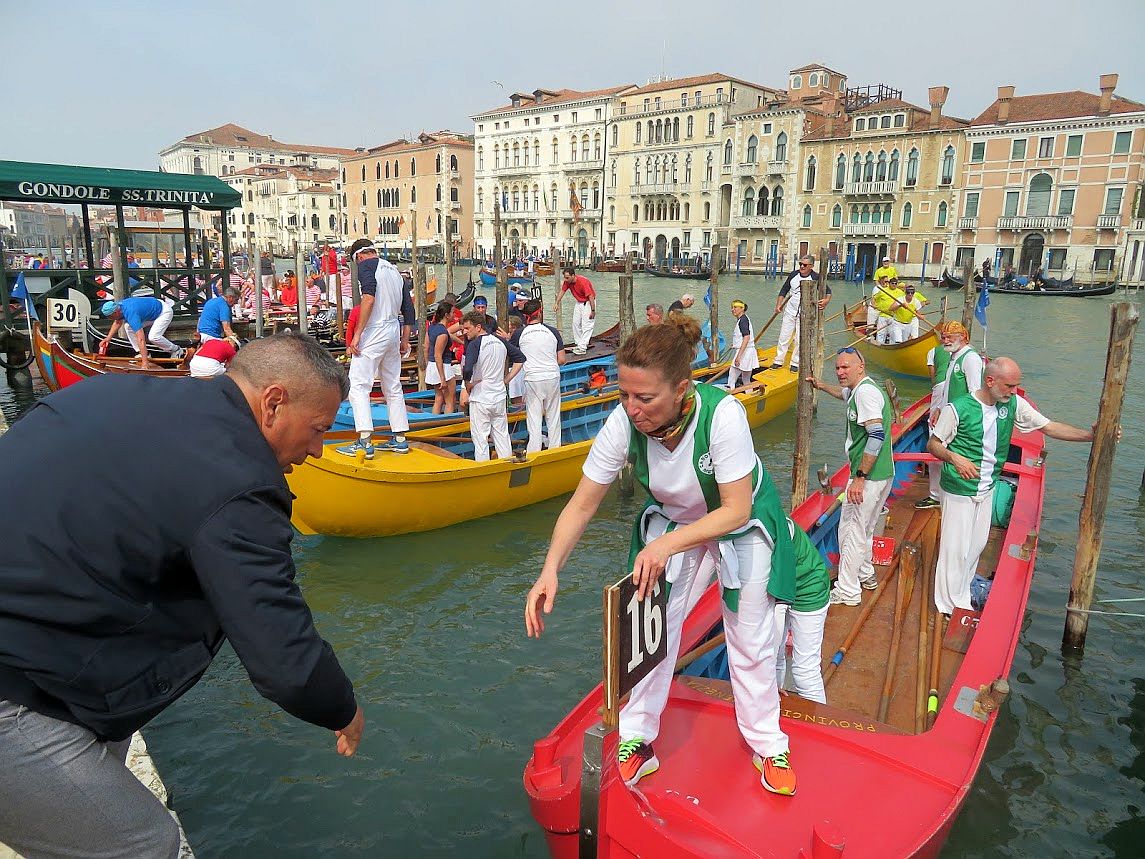
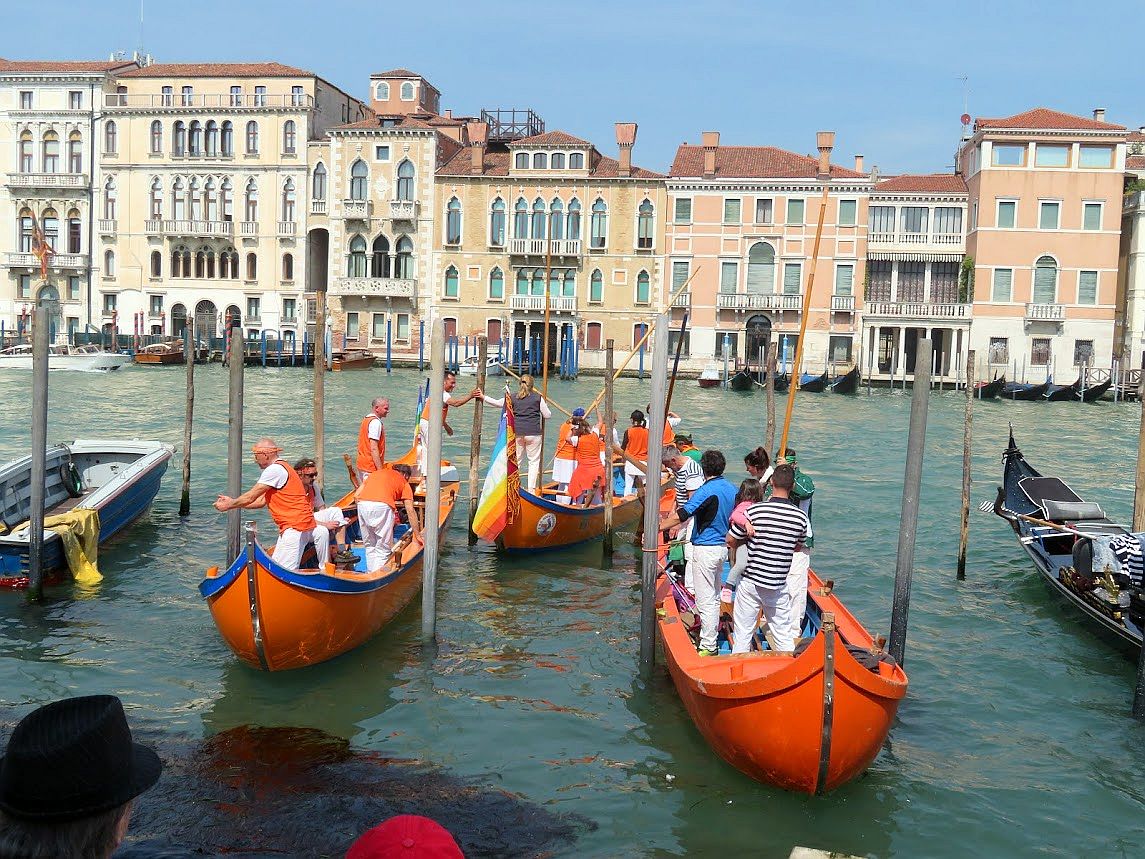
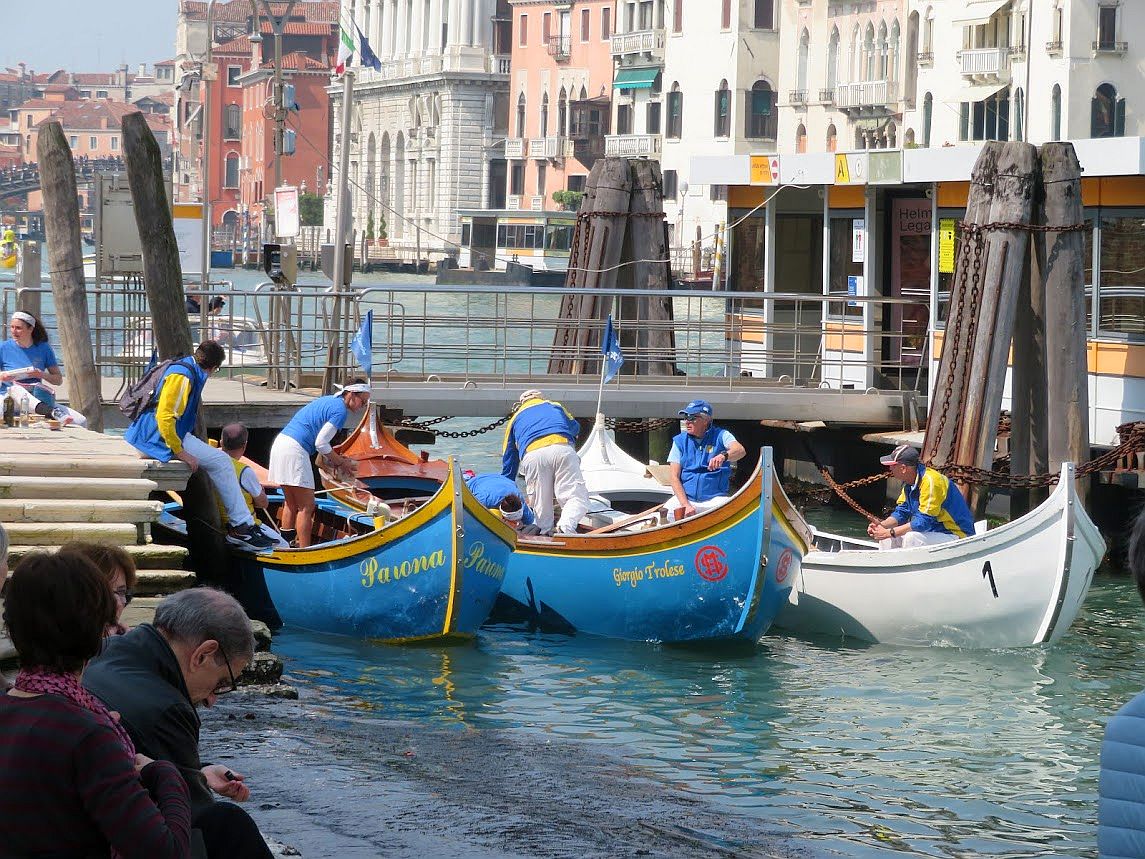


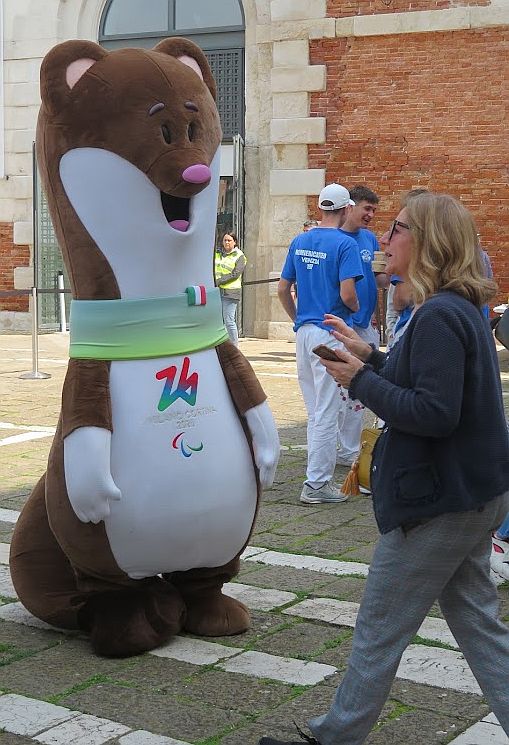
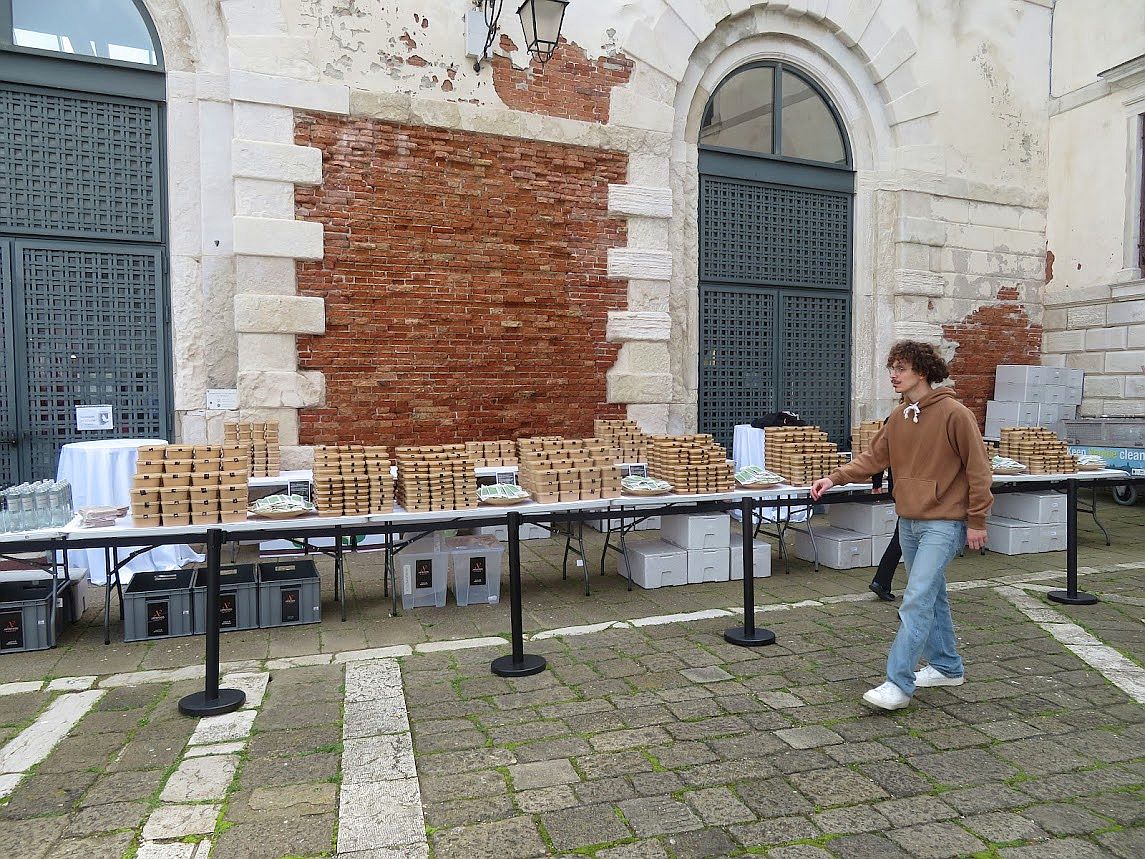
If you’re in the mood to live the race, here goes. The race itself begins at about 6:00.

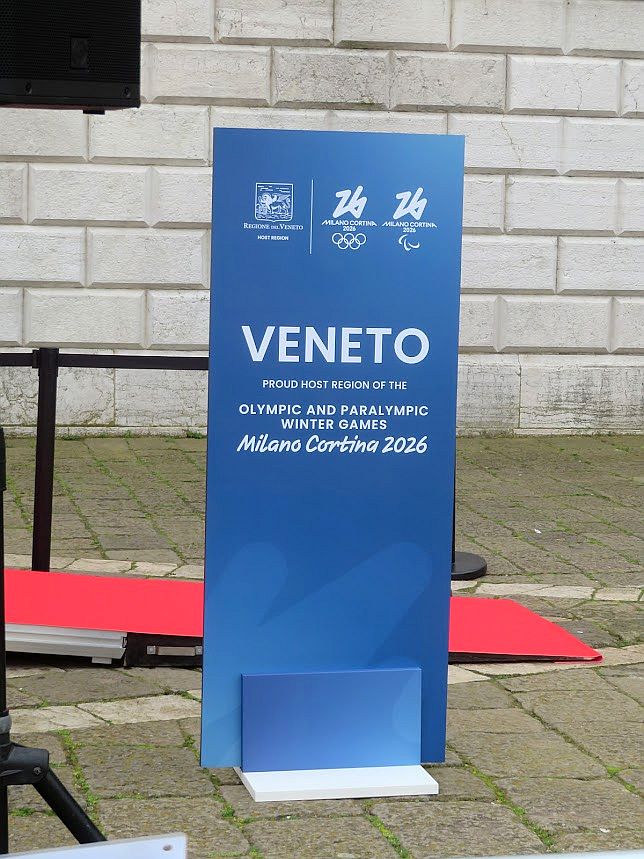
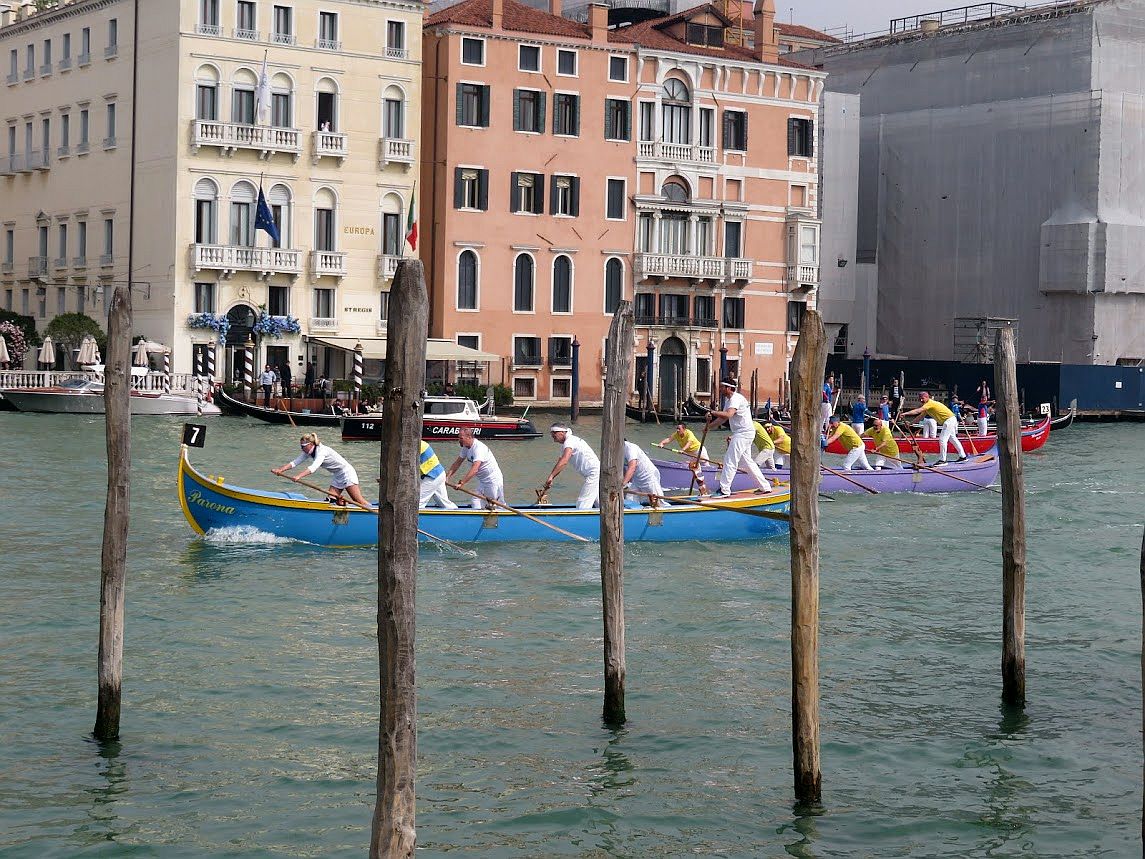
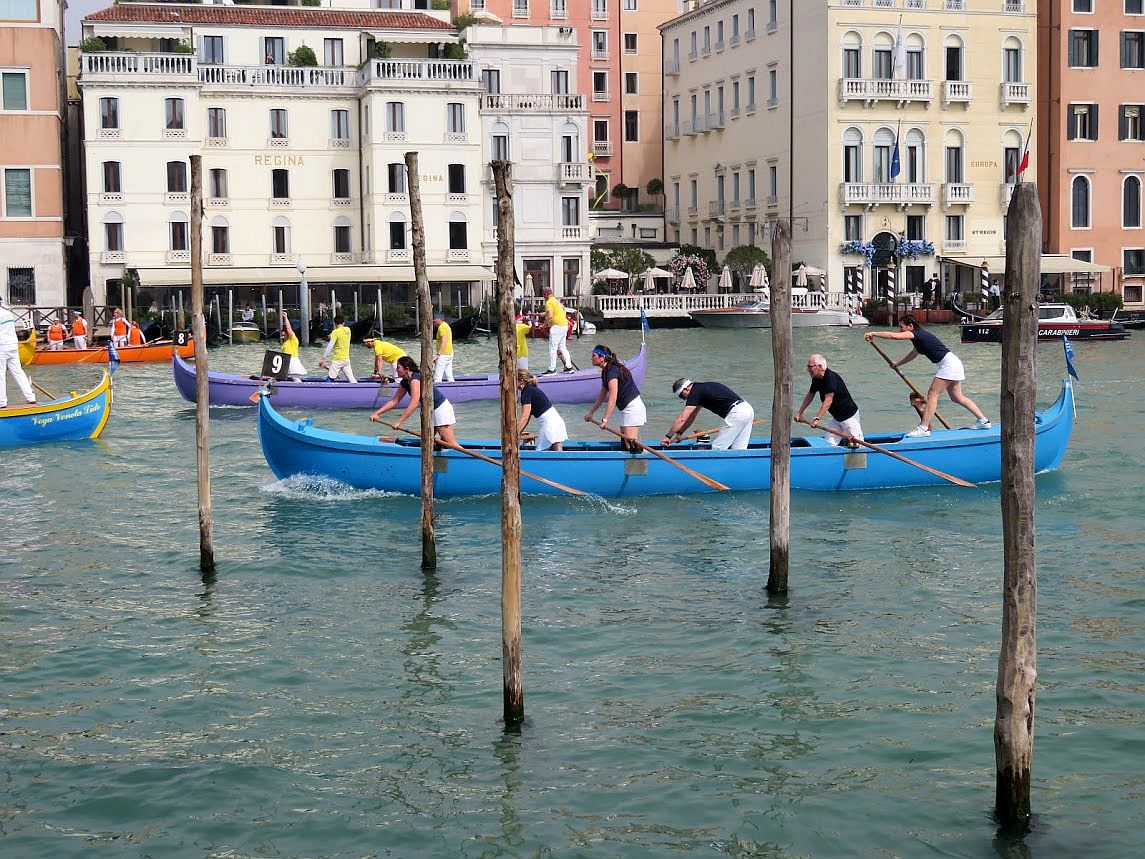

9 Comments
Ma mi vorrei la ricetta per i biglietti in salsa. Sono in California ma i miei sono de Cavaso
Bigoli in salsa is one of the simplest recipes ever (your relatives up in the countryside never made it, I guess). It’s also one of the favorite foods at these big events because it’s just as good cold as hot. Bigoli are a type of thick round spaghetti that classically come from Bassano del Grappa and are sold in boxes at the supermarket or elsewhere as Bigoli de Bassan. I suppose you could use bucatini, if you can’t find bigoli.
For 4 people: 100 grams anchovies (salted) OR sardines (ditto); 2 medium-size onions; 4 spoons of extravirgin olive oil; salt to taste. Pour oil in a biggish saucepan; slice the onions in thin slices; saute the onions on low heat till transparent. Meanwhile rinse the salt off the fishies, pull out whatever bones there may be, cut the pulp into tiny pieces, throw them into the saute’ing onions, stir and mash them together on low heat till they’re reduced to a sort of creamy texture. That’s the salsa. Add salt and/or pepper to taste. Cook the pasta. Add a little of the pasta water to the salsa if it looks like it needs it.
Put the salsa in the bottom of the big serving bowl. Drain the bigoli and dump them into the serving bowl with the sauce. Mix them all together really well.
You’re done. Hope you like them. Note: The salsa is not supposed to have a really strong fish taste, that’s why you cook it slow and mash it up. Then again, it may not appeal to everybody, but give it a try.
What a stalwart bunch of rowers! A fine day out was had by all.
Thank you, Erla, for once again showing me more of Venice happenings. I wish I had stayed in Venice but I only kept returning and returning. My mad dream is to …at least…end my days there…if my children and friends don’t object too much. Again…thank you for these …. what should I call them….presentations? …..sharings…mini essays….??? jean
Bravissima Erla, a wonderful post!
Lovely to see this. It looks like great fun and the fact that the Caorlinas can be rowed by people like myself, as I understand your description, makes me actually curious to try.
The mentioning of bigloli in salsa makes me start humming “Mi piase bigoli co’ la lughanege” but that’s ok. My colleagues are used to my little eccentricities by now.
“Rowing for peace” certainly seems like a worthy cause these days.
All the best from a rainy Stockholm!
Elegant, pointed, colorful, funny, poignant. Thank you.
Absolutely brilliant! You create image documents of such value and interest. Please do keep on doing it as and when you can … I’d miss your clever, perceptive eye so much.
Dear Erla,
I came across your blog a couple of days ago quite by accident but am entranced. I’ve been spending smallish amounts of time in Venice regularly since 1971. I’ve never lived there but had a research project long ago (many days in the gorgeous Marciana) and have friends in town, some sadly now in San Michele and the beautiful Jewish cemetery on the Lido, others still alive and kicking. I just want to say that for someone who thought she knew Venice pretty well, your words and photos are always eye-opening and laugh-provoking. Keep it up!